Curriculum
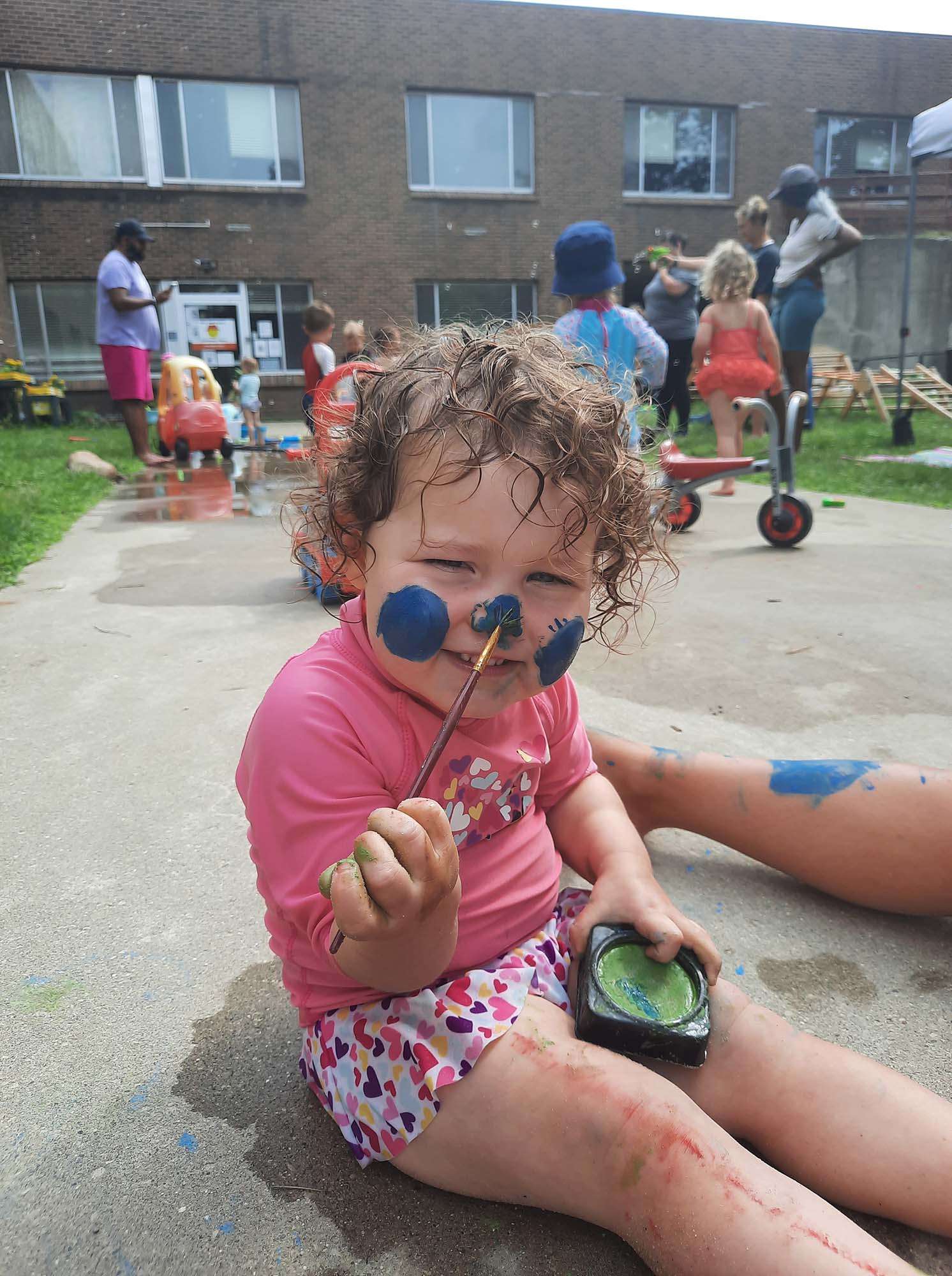
Highscope is a Curriculum that was developed here in Michigan. Through scientific research, they have studied and created a curriculum focused on positive child development. Here are some of the strategies and opportunities to engage our children in active learning throughout the day.
Message Board
Message Board is one of the first activities we do during the day. Children have a chance to read our messages as we draw our pictures, and even write common words. It is an activity that is helpful for starting the day, communicating new toys, events, or other important information. Classes of a similar age and maturity will participate together.
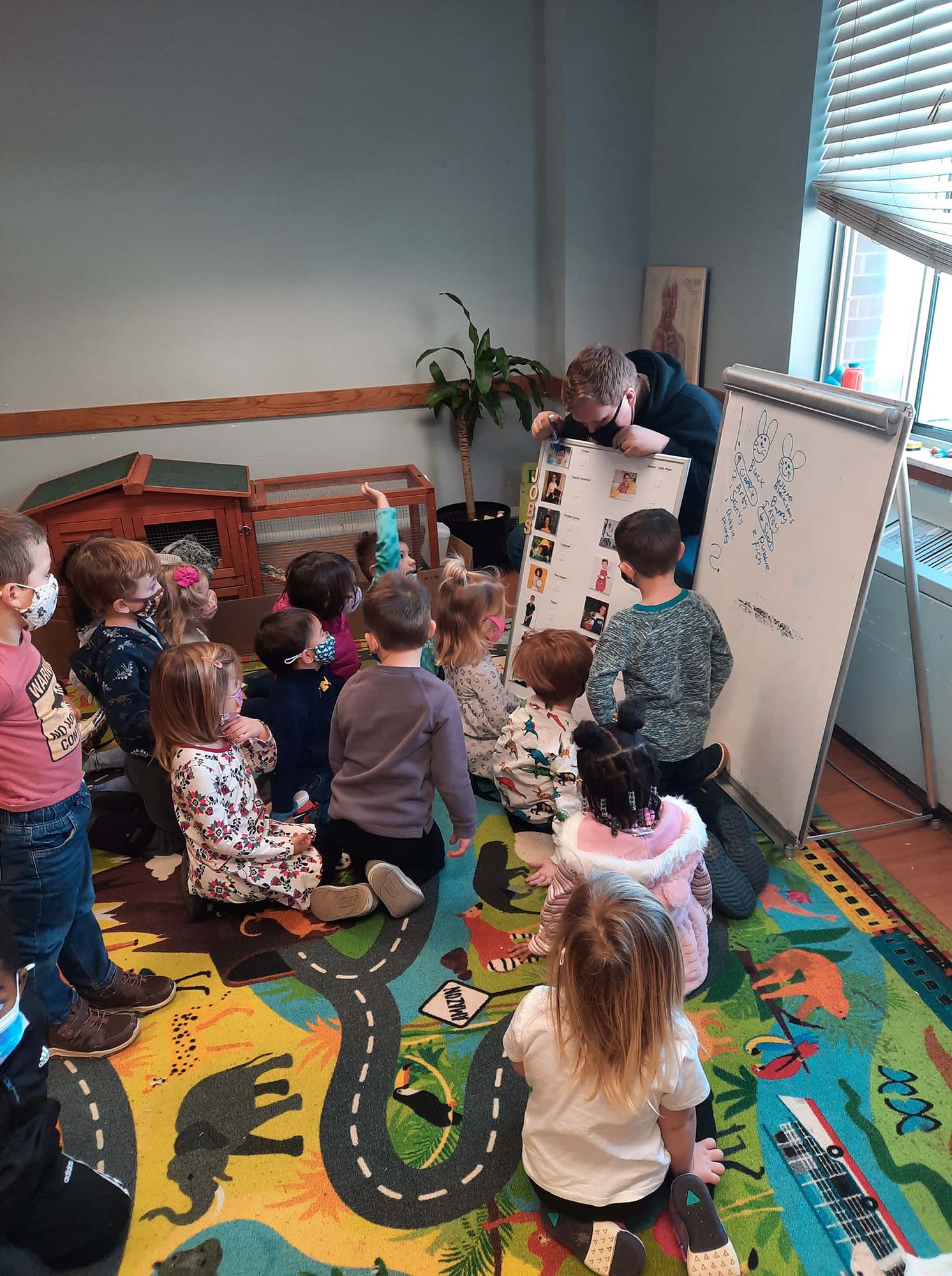
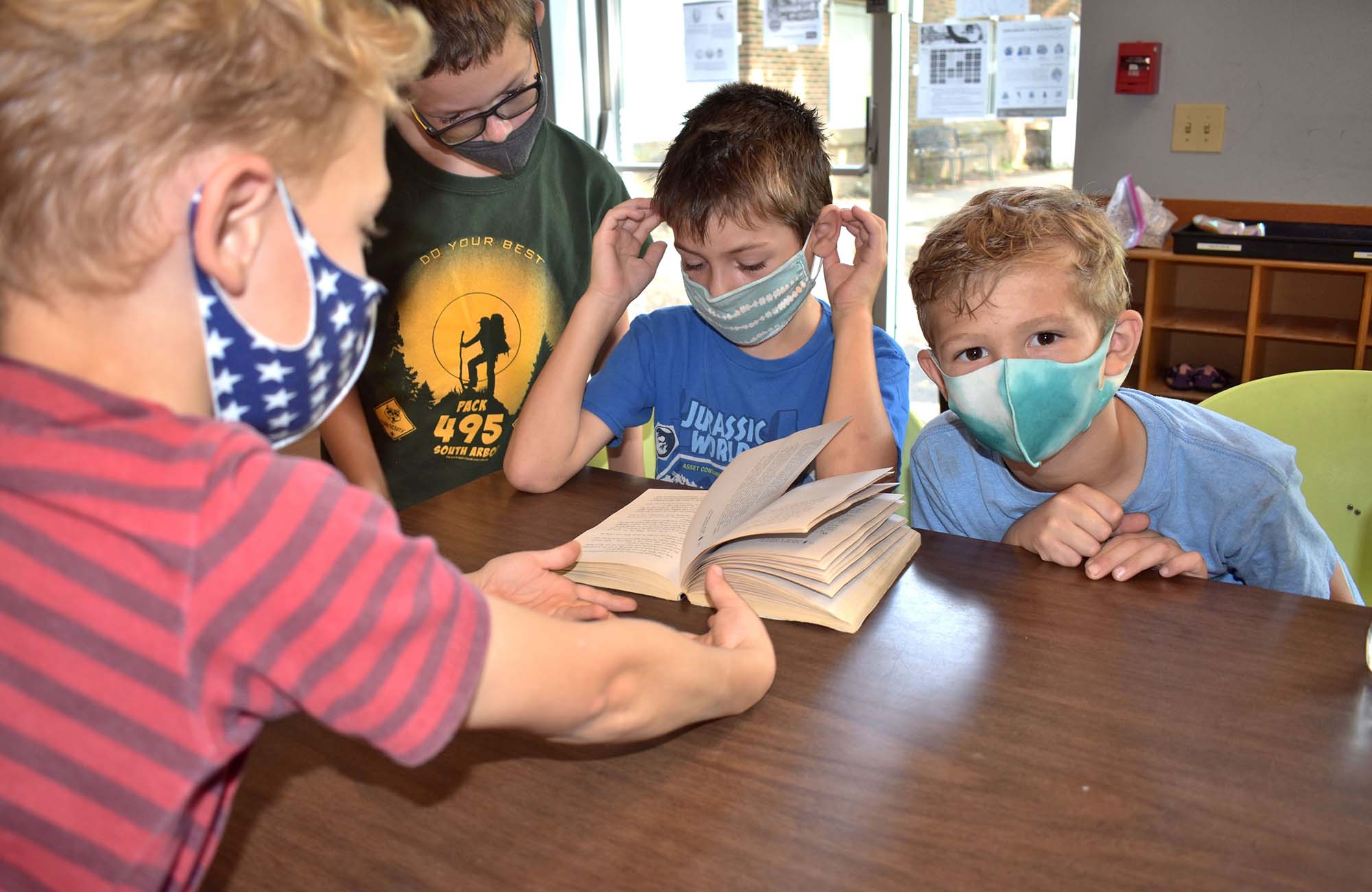
Small Group
Each class participates in a small group activity. Our small groups are child based/ child led activities, where the kids get to participate along with their classmates. We utilize this time for developmental measuring and to encourage personal care, social emotional, and cognitive skill development.
Large Group
Large Group is an activity with more than one class of a similar age. Children get to participate in a child based/ child led activity with other peers in their school. Often, a group of two or more classes will participate in Message Board, and then in Large Group together. Large Group activities will be child based/ child led activities, they are able to participate in. Large Group is a great way to start the day, and allow different classes to mingle and foster relationships.
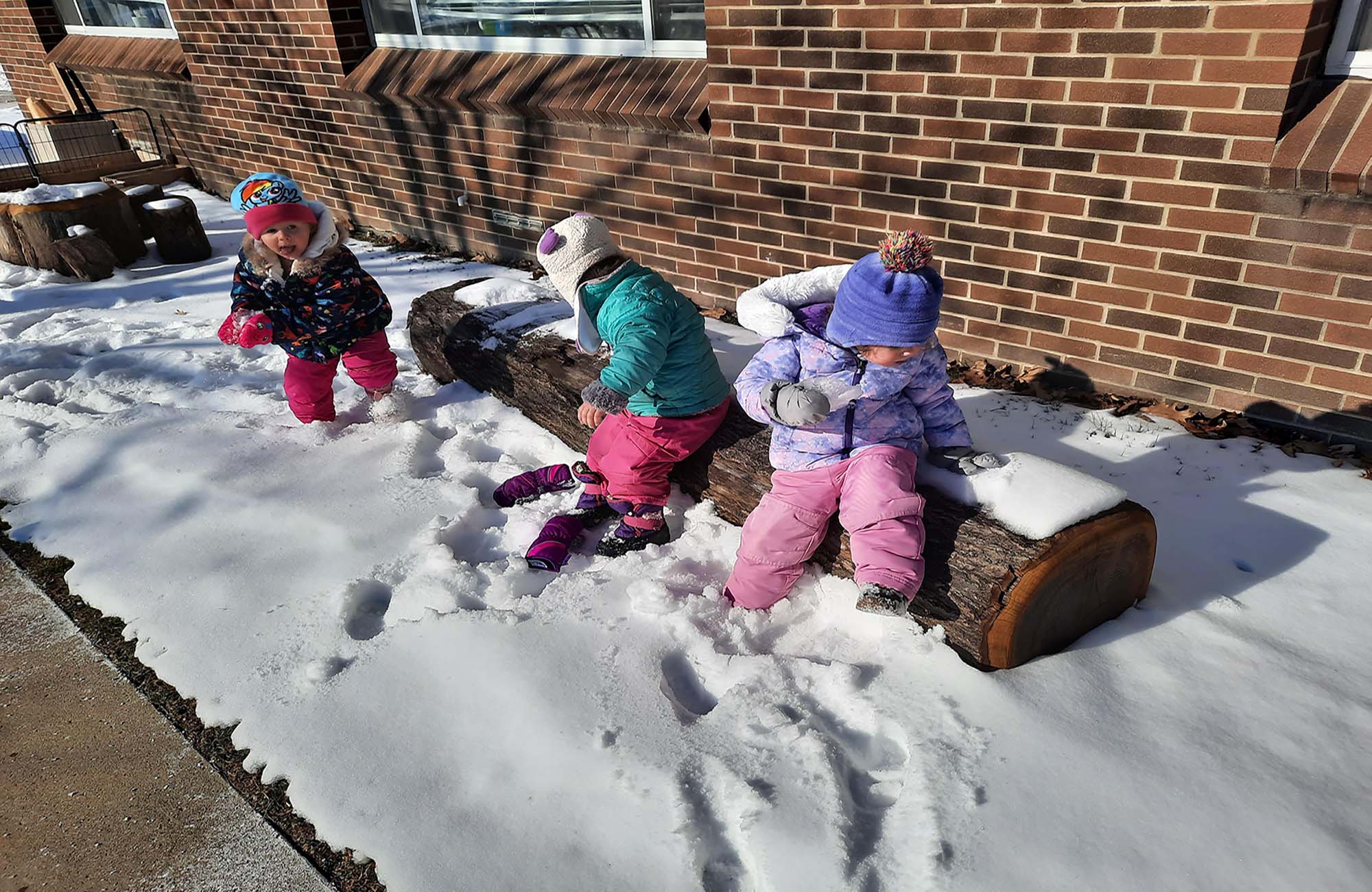
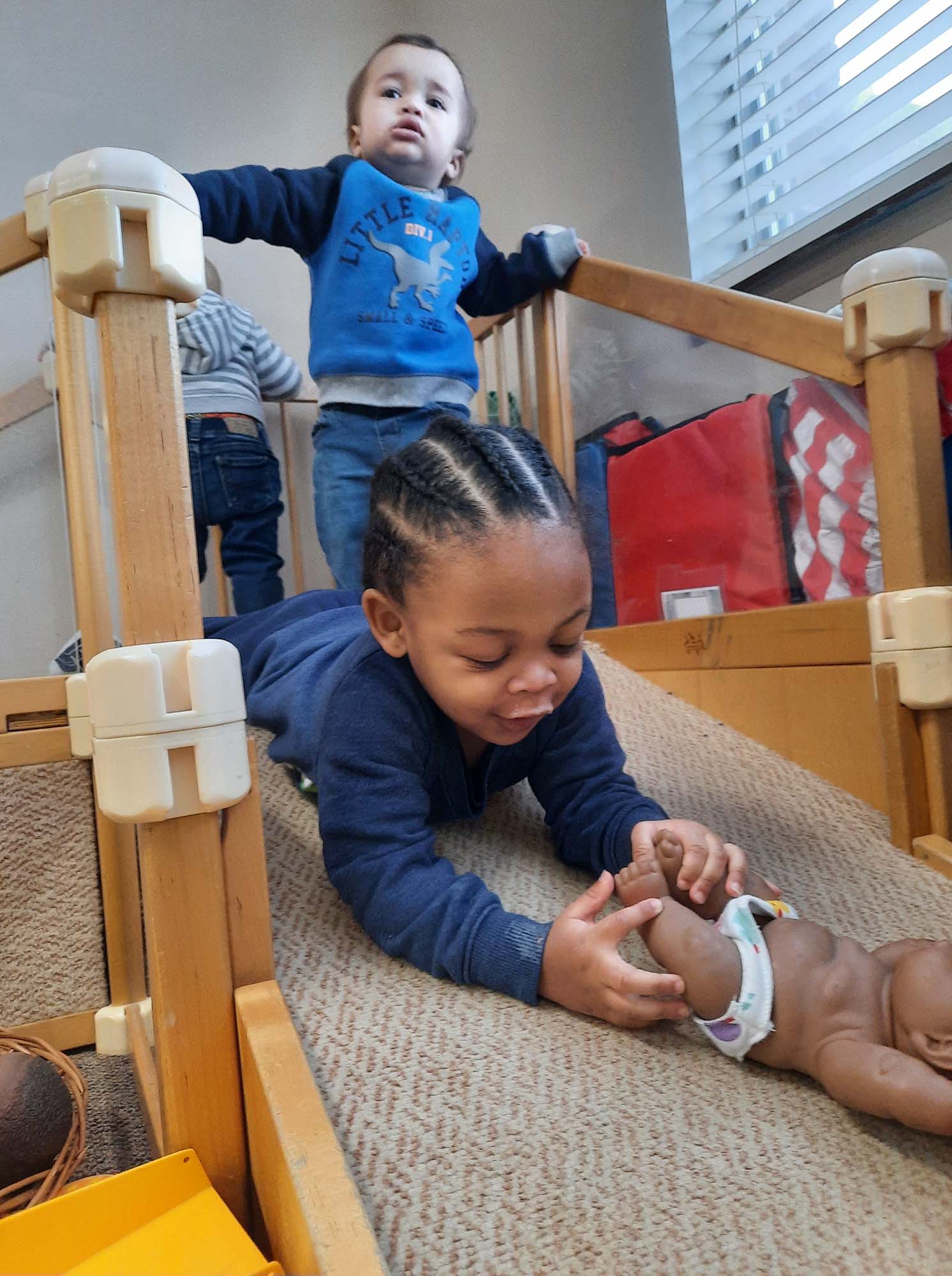
Work Time
Work Time is at least 45 min of child led free play. Children can play and be creative with the toys in their classroom. Teachers play along with the children, get down on their level, and follow the child’s lead. We are able to observe their behavior and focus on guiding each child as an individual.
Children get to choose from House Area, Block Area, Toy Area, and Art Area. House utilizes many toys for pretend play like a kitchen, music and dress up materials. Block area allows children to practice math and science in a safe environment with many natural materials like wood blocks and rock stacking. Toy area has many games and toys that children can use and add to their play. Toy also has sensory toys and other science exploring toys. Art area allows children to practice fine motor and science skills. It is also crucial for sensory and brain development.
In Preschool, Work Time is a 3 part event called, Plan – Do – Review. Before playing, children get the opportunity to build their brains, by planning what they would like to play with. Teachers do a quick fun activity called Planning, that allows the children time to think, and state what they would like to play with. On top of playing along and following the children’s lead, preschool teachers are also able to monitor how well their students stick to their plan to measure their cognitive growth. After a minimum of 45 minutes, preschool students participate in Recall. Similar to Planning, teachers have a quick fun activity to go along with recall. Children are given the opportunity to remember what they played with, and this helps us measure their cognitive growth.
Outdoor Time
Outdoor play time is a very important part of our schedule. Being outdoors relieves many anxieties and big feelings, and helps the children with their school day. We have invested into our playgrounds to make them outdoor classrooms. We have all the learning areas that are in the classroom plus more nature and large motor opportunities. We have two outdoor times scheduled during our day, to help children benefit from our outdoor spaces. One is in the morning before nap, and one in the afternoon after nap.
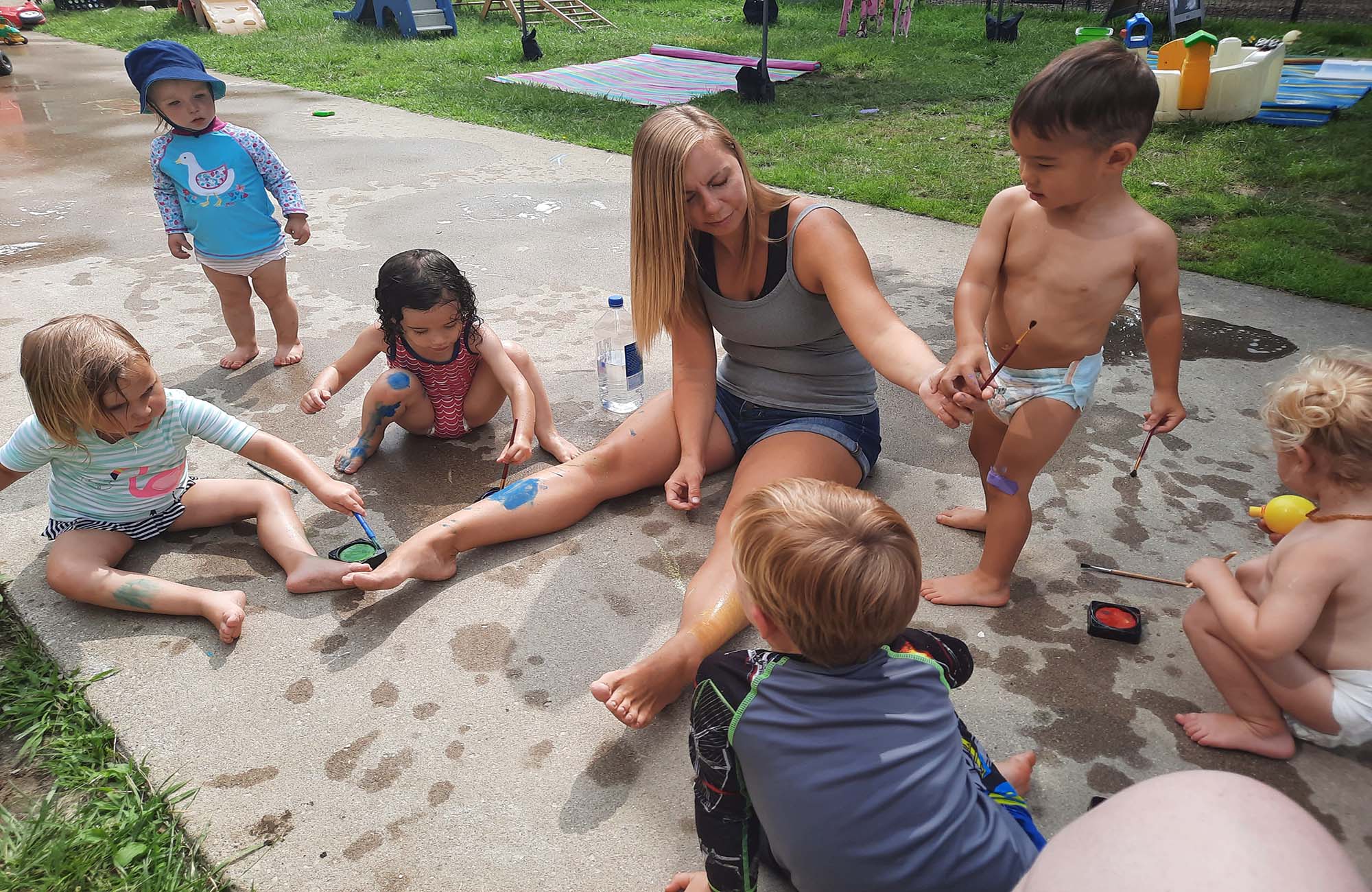
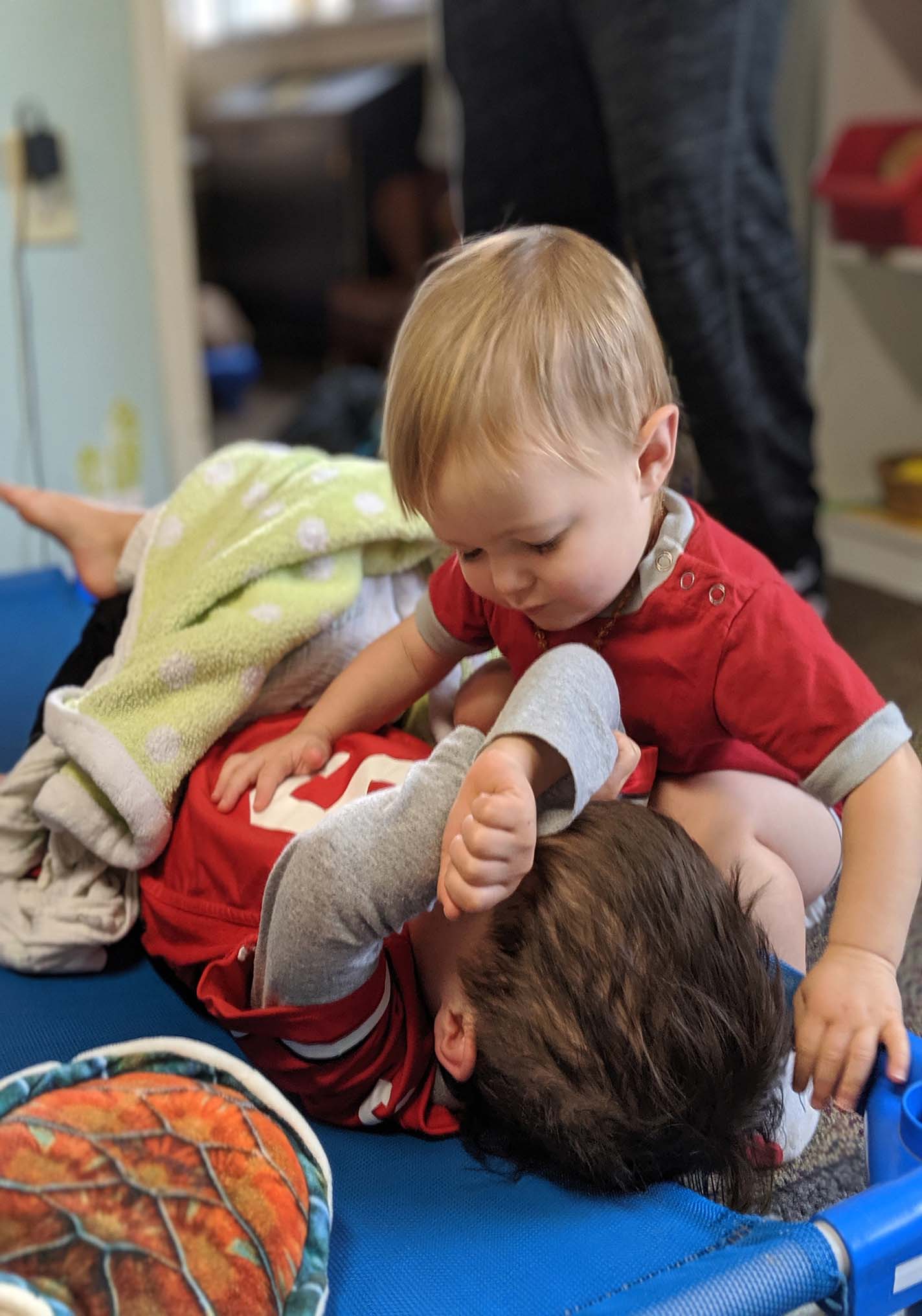
Rest/Nap Time
During our designated Rest/Nap times we encourage resting. A large majority of children need naps after all the fun they have during the day. At school, there are a lot more activities during the day, so resting and napping is very helpful for their development and wellbeing while at school. Kids bring in their own nap items, and begin to participate in setting up and putting away their nap items. We allow children who do not sleep, or wake up early to do a quiet activity while their friends sleep. Quiet activities may include books, puzzles, or journaling. Children are allotted an age appropriate amount of time to rest and nap.
